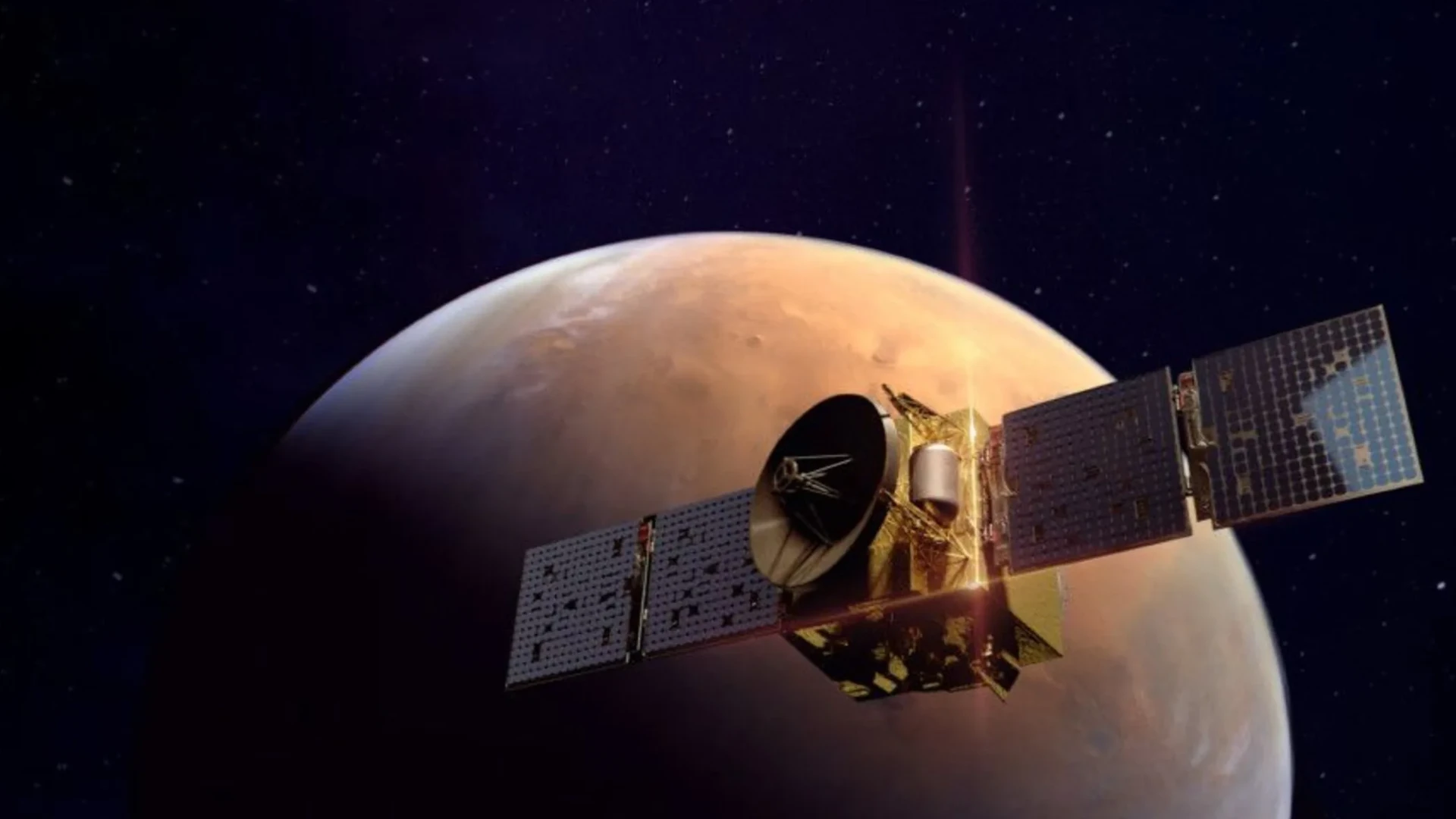NASA’s Mars Atmosphere and Volatile Evolution (MAVEN) Mars mission and Emirates Mars Mission (EMM) have announced a data analysis collaboration initiative, paving the way for scientific cooperation and data exchange between the two missions.
NASA’s MAVEN project was launched into orbit in 2014 to study Mars’ upper atmosphere and ionosphere with the goal of learning more about how the planet’s climate has evolved over time with the collaboration between UAE and US space missions.
“The partnership between #Emirates #MarsMission @HopeMarsMission and #NASA’s @MAVEN2Mars will pave the way towards greater scientific collaboration and data exchange between the two missions” form @GulfBusiness https://t.co/Km18RCe28S
— Limelines (@LimelinesMENA) April 13, 2022
Hope Probe, part of EMM’s Mars mission, entered orbit around Mars on February 9, 2021. The mission is to investigate the interaction between the upper and lower layers of the martian atmosphere.
“MAVEN and EMM are both going to investigate multiple elements of the Martian atmosphere and upper atmosphere.”-Shannon Curry, MAVEN’s principal investigator University of Washington
Combined and analyzed datasets from the EMM and MAVEN missions can help answer many important questions about Mars and the evolution and dynamics of its atmosphere, according to Sharaf.
EMM’s Hope probe is equipped with three instruments:
The Emirates eXploration Imager (EXI) is a digital camera that takes images of Mars with a resolution of 2 to 4 km and measures the amount of water, ice, and ozone in the lower atmosphere using UV bands.
The Emirates Mars Infrared Spectrometer (EMIRS) measures the energy emitted by the Martian surface and atmosphere to determine the global distribution of dust, ice clouds, and water vapour in the Surface of mars lower atmosphere.
EMUS stands for Emirates Mars Ultraviolet Spectrometer, and it measures o2 and carbon monoxide in the thermosphere as well as the variability of hydrogen and oxygen in the outer atmosphere.
